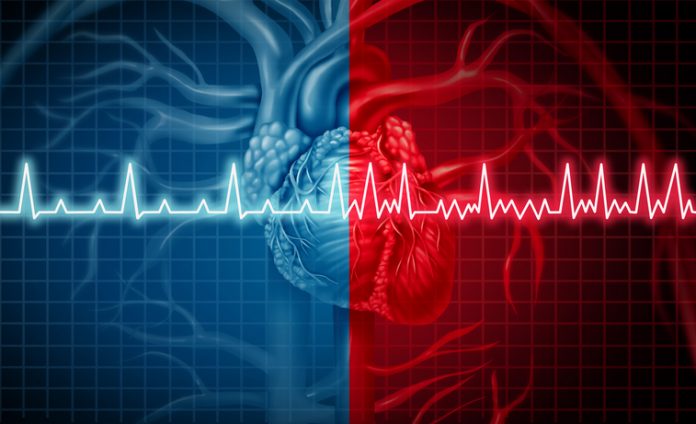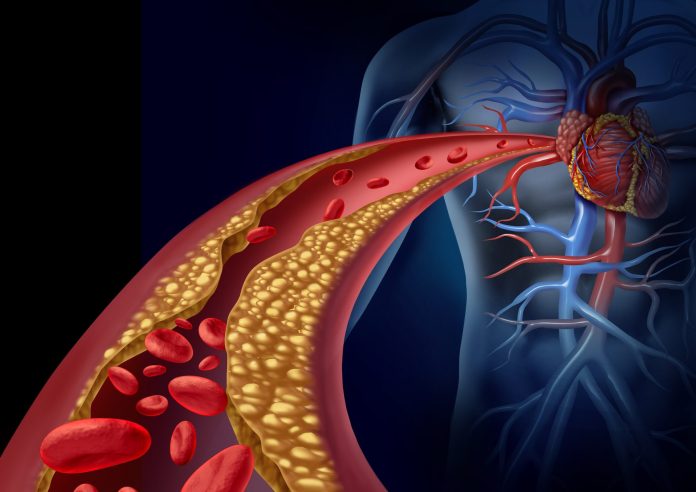Tobacco is the noose that stealthily tightens its grip, first on your lungs and then on your teeth. Here we are, yet again, harping on the disastrous tobacco effects on the mouth. Even though tobacco use is imprudent, its intangible qualities continue to entice millions of people to smoke.
Though the smoking effects on mouth and throat are well popularized through de-addiction centers, camps, banners, advertisements, hoarding, and cinema, it doesn’t seem to make much of a difference. Your workdays and vacations seem so incomplete without a puff, isn’t it? So I am here for a quick banter about the deadly effects of tobacco effects on mouth.
How Does Tobacco Affect the Mouth?
Let us dissect TOBACCO today and see what it contains to become a deadly product from Mother Nature. Tobacco use, including smoking and chewing tobacco, can have detrimental effects on oral health. The components present in tobacco products can cause various oral issues through a scientific mechanism involving multiple factors.
Nicotine
Nicotine is the star ingredient in tobacco, has a distinct odor, and is highly addictive in nature. It pinches the blood vessels (vasoconstriction), supplying less blood to different organs, including the mouth. This can compromise the health of the gums, delay wound healing, and contribute to periodontal (gum) disease.
Tar
Tar is a sticky residual byproduct of burnt tobacco. It contains a variety of harmful chemicals, including polycyclic aromatic hydrocarbons (PAHs) and carcinogens. Tar causes dental plaque and tartar to cling to the teeth, gums, and oral mucosa. This accumulation can cause tooth stains, cavities, and gum disease.
Carbon Monoxide (CO)
Tobacco smoke contains carbon monoxide, a poisonous gas that binds to hemoglobin in red blood cells, impairing their ability to transport oxygen. A decrease in the oxygen supply to the oral tissues can contribute to gum damage, poor wound healing, and an increased risk of infection.
Tobacco-specific Nitrosamines (TSNAs)
TSNAs are carcinogens found in tobacco products. These substances have the potential to cause DNA damage and encourage cancers of the lips, tongue, cheeks, and throat, as well as other oral cancers.
Irritants and Toxins
Numerous irritants and toxins, including formaldehyde, acrolein, and ammonia, are present in tobacco smoke. These substances can irritate the oral tissues, resulting in swelling, redness, and inflammation. Chronic conditions like leukoplakia (white patches on the oral mucosa) and oral submucous fibrosis (tightening of the oral tissues, reducing the ability to open the mouth properly), are caused by long-term exposure to these irritants.
Heat
Tobacco smoking involves inhaling hot smoke and vapor into the mouth. Heat-related thermal injury to the oral tissues can result in pain, burning sensations, and a heightened risk of infection. One of the reasons for darker lips and pigmented mouth tissues is the heat from tobacco smoking.
Reduced Salivary Flow And Dry Mouth From Smoking
Smoking can reduce salivary flow, which can cause xerostomia, also known as dry mouth. Saliva is essential for maintaining oral health because it balances acids, washes away food residue, and promotes digestion. Reduced saliva results in oral infections, gum disease, and tooth decay.
Conclusion
Nullifying the Tobacco Effects on Mouth
The smoking effects on mouth and throat are deleterious, deadly, and irreversible. From simple issues like gum diseases, cavities, and dry mouth, tobacco use can lead to serious oral health issues like leukoplakia, oral submucous fibrosis, and oral cancers. It is important to note that quitting smoking and practicing good oral hygiene can help reduce the risks associated with tobacco-related oral issues. A consultation with a dentist is recommended for personalized guidance and support in quitting smoking. Smoking away something as valuable as health is the most foolish thing to do. Think about it!










